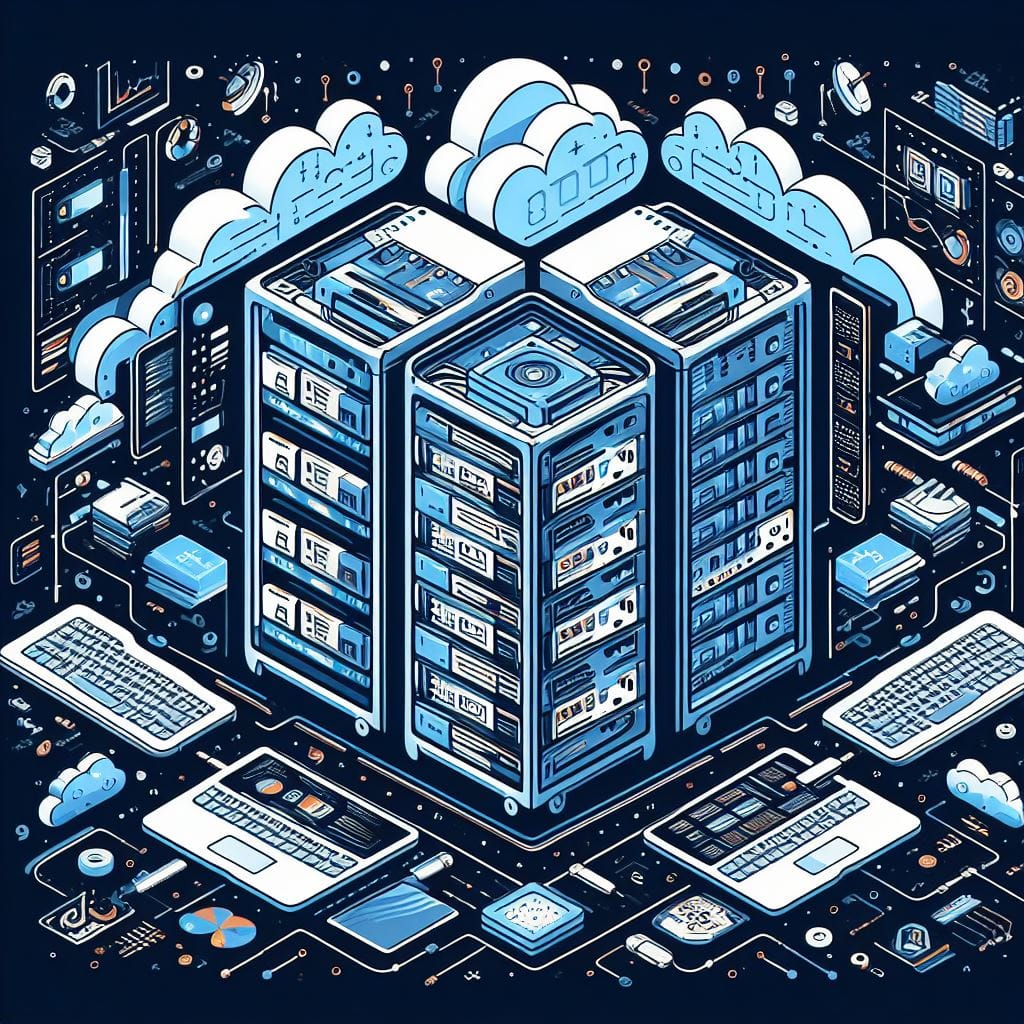Exploring Cloud Edge Computing and Its Impact on IoT and Real-Time Applications

Cloud edge computing is an emerging paradigm in the field of computing that brings computation and data storage closer to the source of data generation, which is typically at the edge of the network. This is in contrast to the traditional cloud computing model, where data is sent to a centralized data center for processing and storage.
Here are some key points to consider when exploring cloud edge computing and its impact on IoT (Internet of Things) and real-time applications:
- Reduced Latency: One of the primary advantages of edge computing is the reduction in data transmission latency. In scenarios where real-time or near-real-time processing is crucial, such as autonomous vehicles, industrial automation, and augmented reality applications, sending data to a remote cloud server and waiting for a response may be too slow. Edge computing allows for processing and decision-making to occur much closer to the data source, leading to faster response times.
- Bandwidth Optimization: Edge computing can help optimize bandwidth usage by filtering and processing data locally before transmitting it to the cloud. This can be particularly important in environments with limited network capacity or where transmitting large volumes of data to the cloud may be impractical or costly.
- Privacy and Security: Edge computing can enhance privacy and security by keeping sensitive data closer to its source. This reduces the risk of data breaches during transit and provides more control over data access and storage. Additionally, edge devices can implement security measures locally, such as encryption and authentication, before data is sent to the cloud.
- Scalability and Reliability: Edge computing can enhance scalability and reliability by distributing processing tasks across a network of edge devices. This can help distribute the computational load and ensure that critical tasks can be performed even if a connection to the cloud is lost.
- Context Awareness: Edge devices can have a greater understanding of their local environment and context. For example, IoT sensors can process data from their surroundings and make decisions based on that information without the need to constantly communicate with a remote server. This enables more intelligent and context-aware applications.
- Cost-Efficiency: Edge computing can reduce the cost associated with transmitting and storing large volumes of data in the cloud. By processing data locally and only sending relevant information to the cloud, organizations can potentially save on bandwidth and storage costs.
- Challenges of Edge Computing: While there are numerous benefits, there are also challenges associated with edge computing. These include managing a distributed computing infrastructure, ensuring the security of edge devices, and dealing with potential hardware limitations.
- Use Cases: Edge computing has a wide range of applications, including but not limited to smart cities, autonomous vehicles, industrial automation, healthcare (e.g., remote patient monitoring), retail (e.g., inventory management), and gaming (e.g., augmented reality).
In summary, cloud edge computing has the potential to revolutionize the way we process and analyze data, particularly in scenarios where low latency and real-time decision-making are critical. It complements traditional cloud computing by extending computational capabilities to the edge of the network, enabling a new generation of innovative IoT and real-time applications.
